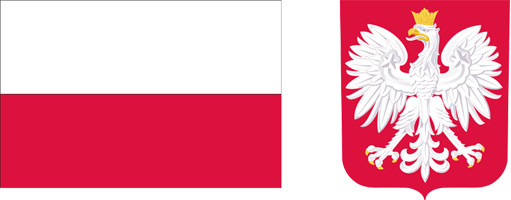Current issue
Archive
About the Journal
Aims and Scope
Advisory Board
Members of the Editorial Board
List of reviewers
Publishing process
Publishing Ethics and Malpractice Statement
Personal data protection (GDPR)
Creative Commons License
CrossRef Member / Similarity Check
For Authors
Call for papers
Guidelines for authors
Submitting a manuscript through the editorial system – step by step
For Reviewers
Peer review process
Guidelines for reviewers
Submitting a review – step by step
Contact
RESEARCH PAPER
INTEGRATION OF THE EASTERN EUROPEAN COUNTRIES WITH THE EUROPEAN UNION: FROM BOOM TO CRISIS IN AGRICULTURE (part 2)
1
Instytut National des Recherches Agronomiques (INRA) Francja
Acceptance date: 2011-09-12
Publication date: 2011-09-12
Zagadnienia Ekonomiki Rolnej / Problems of Agricultural Economics 2011;328(3):3-27
ABSTRACT
The article discusses the problems related to the accession of the Central and Eastern European countries to the European Union in 2004 and 2007. It presents the condition of agriculture in those countries right before the accession, paying particular attention to dual nature of agriculture, where small farms located next to farmers’ houses coexisted with large state-owned and cooperative agricultural holdings. The article then describes structural changes in the agriculture of those countries, caused by the transformation of political and economic systems which led to ownership changes. As a result, new types of agricultural holdings appeared with various forms of ownership and different legal status, while the agricultural production decreased. The level and scope of aid for those countries before and after the accession to the European Union were also discussed, with special emphasis on direct payments. The positive impact of the Common Agricultural Policy on agriculture in new Member States was emphasized. However, despite a significant progress made, agriculture in those countries is still characterised by the lower land and workforce productivity than in the EU-15. New Member States, in particular Poland, Hungary and Lithuania, have achieved a significant progress in foreign trade in agri-food products.
We process personal data collected when visiting the website. The function of obtaining information about users and their behavior is carried out by voluntarily entered information in forms and saving cookies in end devices. Data, including cookies, are used to provide services, improve the user experience and to analyze the traffic in accordance with the Privacy policy. Data are also collected and processed by Google Analytics tool (more).
You can change cookies settings in your browser. Restricted use of cookies in the browser configuration may affect some functionalities of the website.
You can change cookies settings in your browser. Restricted use of cookies in the browser configuration may affect some functionalities of the website.



